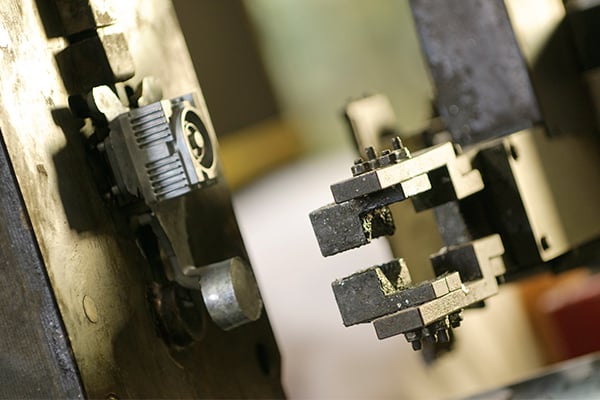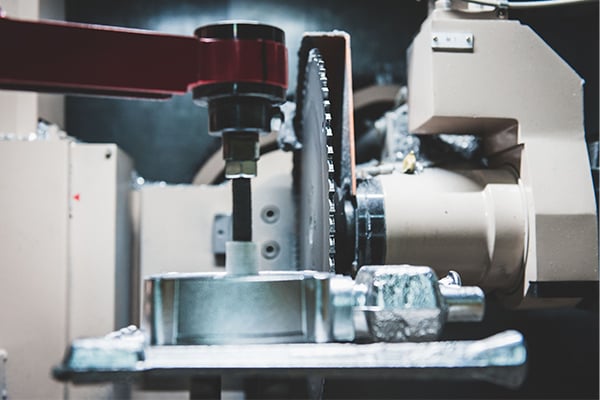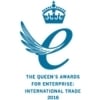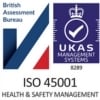A complete casting solution is underpinned by the right casting process.
Our 75 years of experience has given us an excellent understanding of what works and what won’t, across countless concepts and applications. By working with us, you’ll remove the risk from your casting project, gaining reliable results and proven success on application – but where do you start?
Which casting process is right for me?
Let’s begin with two of the most commonly used casting processes at MRT…
High pressure die casting

High Pressure Die Casting provides the shortest route from molten metal to completed component. It works by injecting a molten metal alloy – usually aluminium – into a hardened steel mould. It then solidifies under pressure, before ejection.
The hardened steel moulds are a relatively expensive tool to manufacture initially, but the expense is returned in lower unit costs. To this end, high pressure die casting is the most economical method of casting for high volume production – typically producing 2,000 to 500,000 castings per annum. Meanwhile, using this process can save money on secondary processes , too – it produces an excellent surface finish, with no trimming required (other than to remove in-gates).
High pressure die casting has the highest dimensional accuracy of any casting process. For this reason, it’s ideal for intricate parts with complex shapes - just bear in mind that the design will need a minimum wall thickness of 1-2mm in order to be produced.
Gravity die casting

In contrast to some other processes (such as sand casting), gravity die casting uses cast iron moulds – allowing aluminium castings to be produced relatively cheaply, while maintaining accuracy.
Rapid chilling gives gravity die cast parts excellent mechanical properties, whilst non-turbulent filling ensures production of heat-treatable castings, with minimal porosity.
The tooling costs for gravity die casting are moderate. They best suit a demand of 250 to 50,000 units per annum.
Your design will need a wall thickness of 3-4mm to use gravity die casting, and the result will have a good surface finish – albeit with a slight texture due to the die coatings.
If you’re looking for an economical casting solution which only requires moderate accuracy and smaller batches, this could be the process for you.
Do you have an idea for a casting?
Let us give you tailored advice, based on your exact concept. MRT Castings are experts with over 75 years’ experience in the manufacture of high-quality aluminium die castings, across a wide range of applications and industries.
Simply get in touch today and we’ll be happy to assist with your next project.








